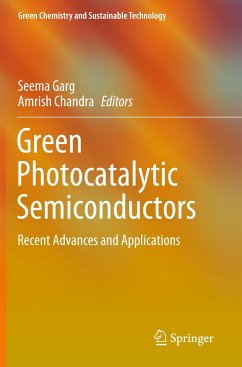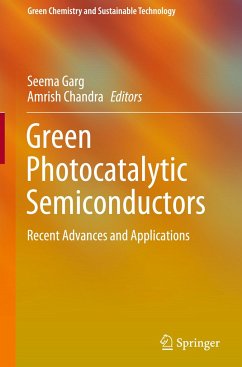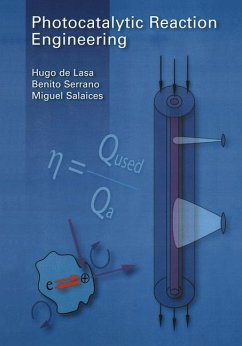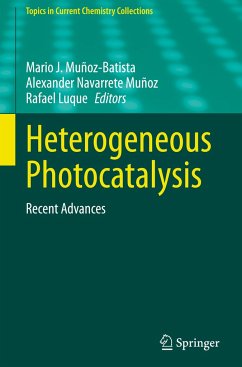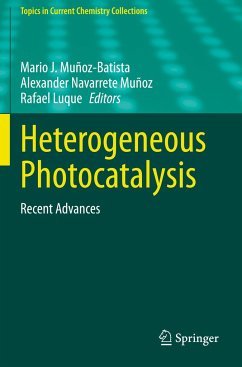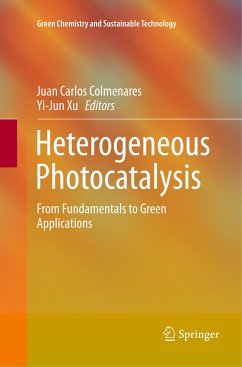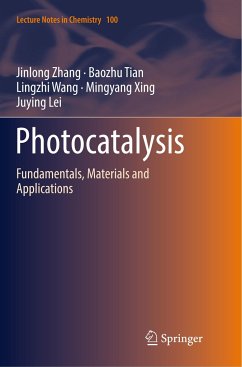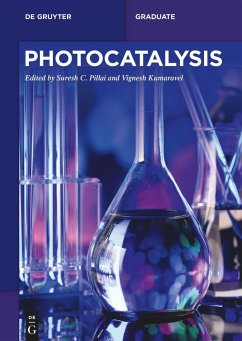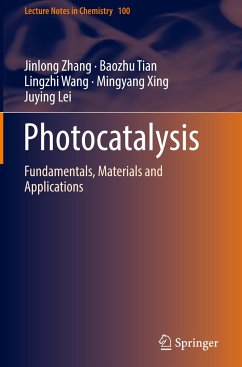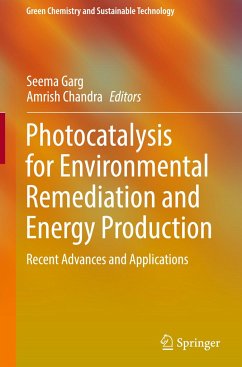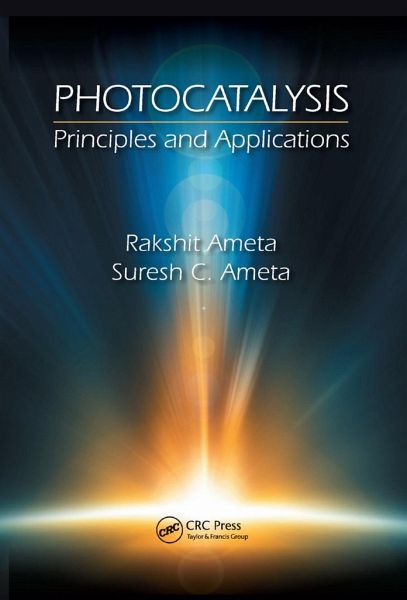
Photocatalysis
Principles and Applications
Versandkostenfrei!
Versandfertig in 1-2 Wochen
115,99 €
inkl. MwSt.
Weitere Ausgaben:

PAYBACK Punkte
58 °P sammeln!
The book discusses developing various types of photocatalytic semiconductors and their modification by metallization, sensitization, and doping to enhance photocatalytic activities. It describes the principles and mechanisms of photocatalysis and other possible applications of photocatalysis such as use as antifouling agents, controlling air pol





